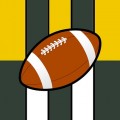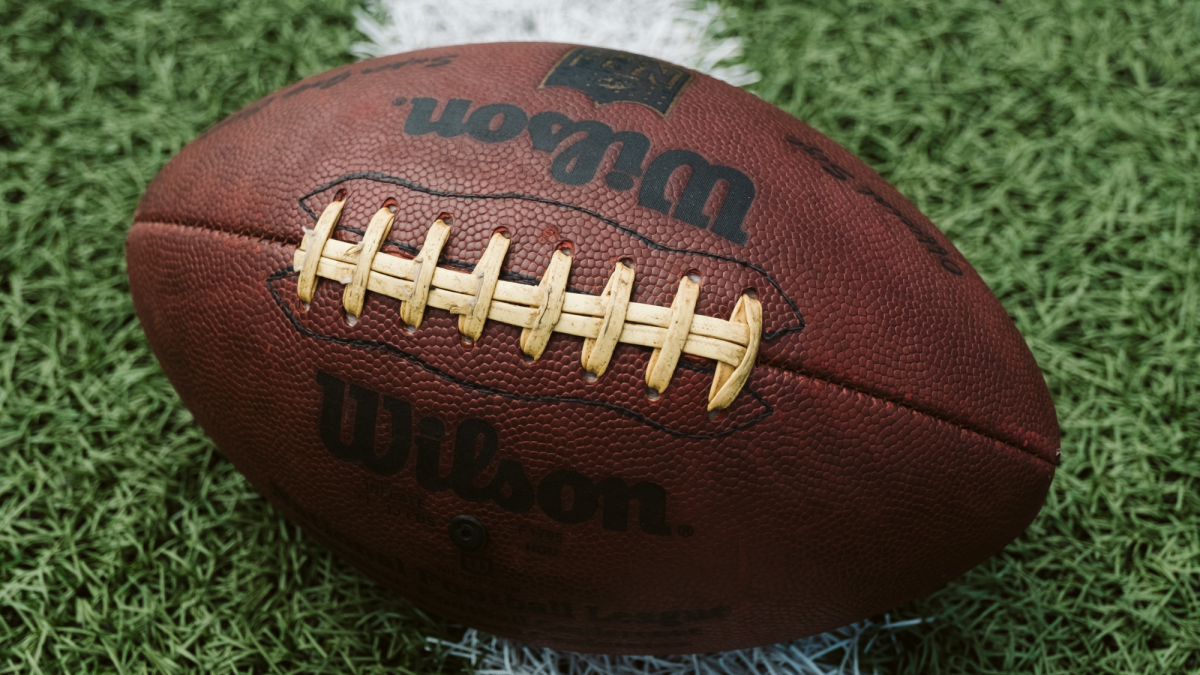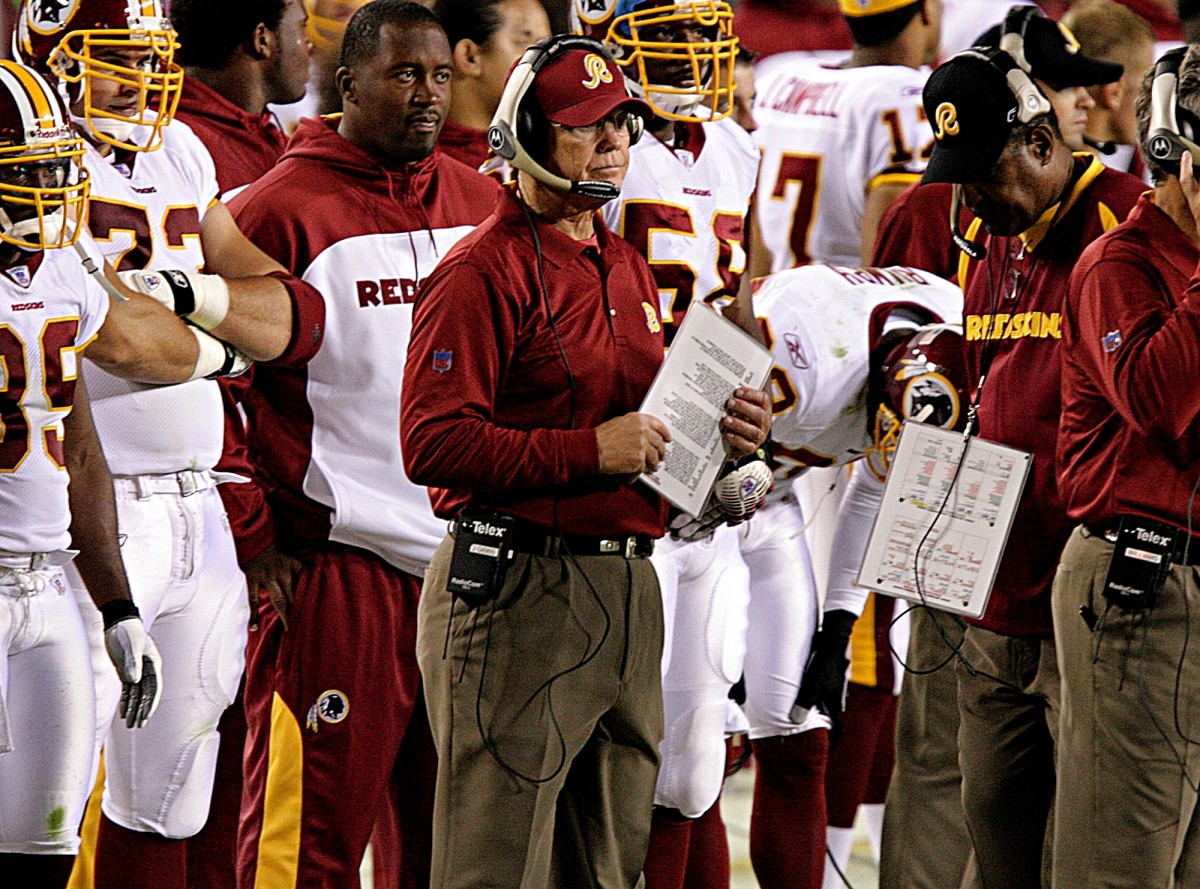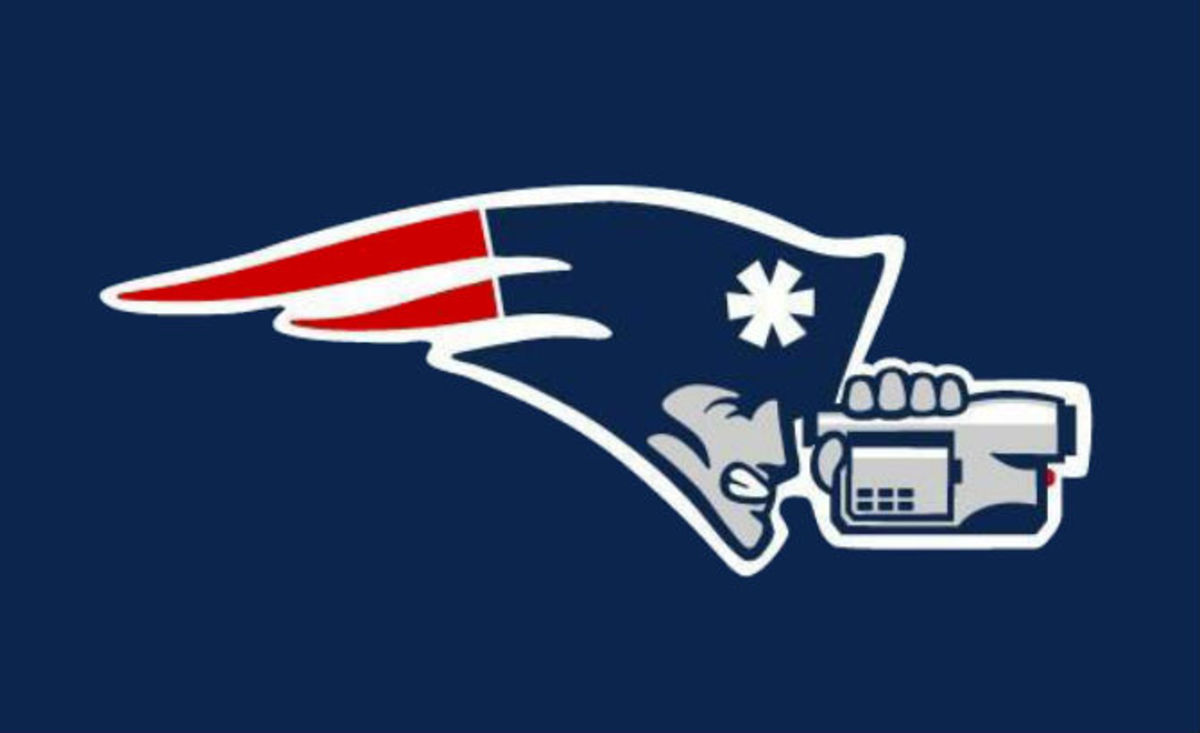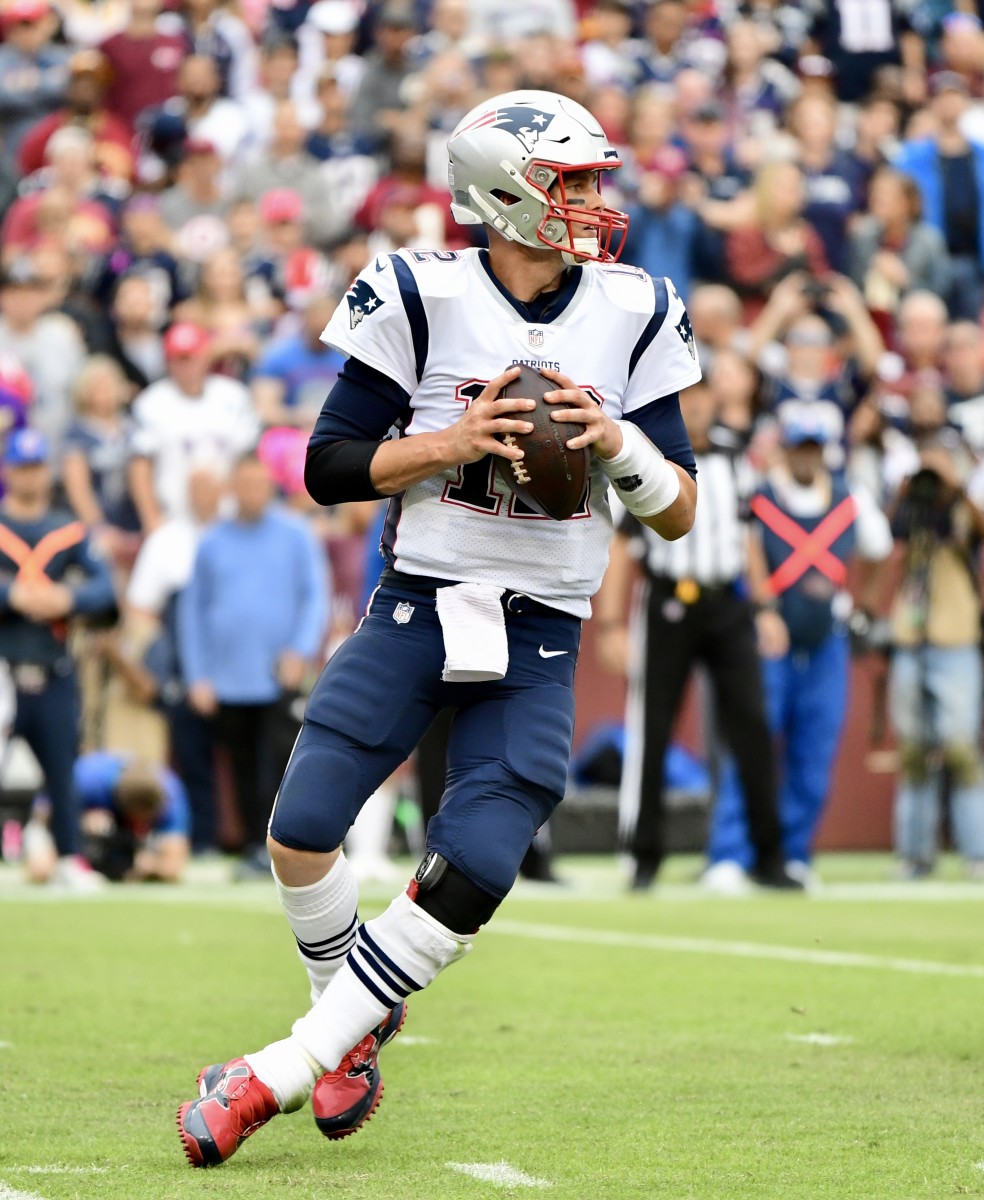- HubPages»
- Sports and Recreation»
- Team Sports»
- American Football»
- NFL Football
What Did the Packers Do for Defense in the 2012 Draft?
Green Bay Packers
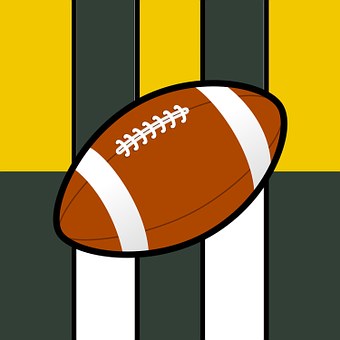
The Packers Defense Stunk in 2011
The NFL's annual draft of college players was held April 26-28 2012. The Green Bay Packers and its fans had looked forward to this draft for a long time since the Packer's season ended with a painful playoff loss to the New York Giants in January. The defense stunk last season and the Packers had to do something to fix it. General Manager Ted Thompson has recently signed a couple of free-agent linemen; however, the draft was going to be Thompson's primary way of repairing the defense. This article first recaps the 2011 season, and then it discusses Green Bays' needs going into the draft. Next, it evaluates the players that the Packers selected and finally concludes whether or not the Packers helped themselves.
Recap of 2011 Season
When the Packers' season abruptly ended in an early January playoff loss to the Giants, all Packer fans were highly disappointed and sad. How could a team that was 15-1 during the regular season play so poorly against New York and get its "ass kicked?" Many people, however, could see the beating coming, and they were angry that the coaches and players couldn't prevent it during the two weeks the team had to prepare for the game.
The truth is that the defense stunk all year long starting from the New Orleans game, the first game of the season. Yes, Green Bay did win 15 games, but in almost all of the games, it was due to Aaron Rodgers and the offense outscoring the opposing team. When the 2011 season ended, the Packers ranked last in defense. It gave up a lot of points and yardage primarily because the defensive line and linebackers could put little or no pressure on the other team's quarterback. Also, the secondary coverage and tackling on the whole team were at times nonexistent. The only bright spot was the turnovers the defense generated with interceptions.
The Packer's offense also had a few problems in 2011. Although Rodgers could put up big numbers in the passing game with his talented receivers of players like Jordy Nelson, Donald Driver, and Jermichael Finley, the running game was mostly a non-factor in games. The offensive line also gave up many sacks due to poor blocking from the left tackle.
Needs Going Into The Draft
Since the end of the 2011 season, the Packers have lost three players to free agency: center Scott Wells; quarterback Matt Flynn; and reserve cornerback Pat Lee. Running back Ryan Grant, another free agent who has not yet signed with another team, will also probably be lost. Green Bay has, however, signed two noteworthy veterans: center Jeff Saturday and defensive end Anthony Hargrove. Also, Green Bay released both tackle Chad Clifton and free safety, Nick Collins, due to medical conditions. Although he won't be lost for the whole season, defensive end Mike Neal has been suspended by the league for the first four games of the season.
Taking into account the team's performance in 2011 and the personnel gains and losses during the offseason, the Packers had the following needs going into the draft. I list the needs in order of importance as follows:
1. Pass Rushing Outside Linebackers
Packers outside linebackers put very little pressure on opposing quarterbacks last year. Clay Matthew's sacks dropped from 14 to 6, and the other outside linebackers got to the quarterback very seldom. This was undoubtedly due to opposing teams often double-teaming Matthews. Because of the absence of a pass rush, quarterbacks had more time to complete a higher percentage of their passes.
2. Defensive Ends
Green Bay's defensive ends played both the pass and run very poorly last year. After Cullen Jenkins was not resigned during free agency following the 2010 season, a competent replacement for him could not be found to rush the quarterback. The Packers' defensive ends were also very slow and had a hard time stopping the run.
3. Corner Backs
Tramon Williams, Sam Shields, and Charles Woodson all had good years in 2010. In 2011 they often struggled in their pass coverage undoubtedly because the opposing quarterbacks had all day to throw the ball. Charles Woodson is approaching the end of his career and Pat Lee was lost to free agency. All of this calls for drafting and developing at least one cornerback.
4. Safety
The Green Bay Packers were dealt a major blow when free safety Nick Collins was severely injured in the second game of the year. Due to a severe neck injury, Collins was on injured reserve for all of 2011. Just recently Green Bay released him for medical reasons. Unless Charles Woodson moves to safety, the Packers must develop another safety.
5. Offensive Line Help
The Packers' biggest need on offense is finding a capable, steady left tackle and backup guards and a center. A capable replacement for recently released Chad Clifton must be found. Marshall Newhouse started most of the games at left tackle last year after Clifton was injured. He was capable somewhat but still gave up too many sacks. If Rodgers is to continue having success, the left tackle must protect his blindside. The number one draft choice of last year, Derek Sherrod, is very inexperienced and recovering from a broken leg. Green Bay did sign Jeff Saturday as a replacement for Scott Wells; however, he is getting old and a replacement for him must soon be found and developed.
6. Backup Quarterback
Rather than put the franchise tag on Matt Flynn, the Packers let him walk in free agency. Graham Harrell is the only experienced quarterback behind Rodgers, but he has been untested in a regular NFL game. A capable backup to Rogers similar to Matt Flynn must be found and developed.
7. Running Backs
As of April 30, 2012, Green Bay has only four experienced running backs on its roster. They are John Starks, Alex Green, Brandon Saine, and John Kuhn. Only Starks and Kuhn have any real amount of NFL game experience. For this reason, another running back must be found and developed.
Green Bay's Selections in The Draft
After trades with other teams, the Packers had eight picks in the 2012 draft. They are as follows:
1. Nick Perry
Defensive end Nick Perry of the University of Southern California (USC) Trojans was selected in the first round. Perry at 6'3" 270 pounds was USC's defensive lineman of the year and led the PAC 12 conference with 9.5 sacks. Although Perry played as a defensive end with the Trojans, the Packers project using this relentless pursuer as a pass-rushing outside linebacker in their 3-4 defensive scheme.
2. Jerel Worthy
Defensive tackle Jerel Worthy of Michigan State University was one of two players chosen by the Packers in the second round of the draft. At 6'2" 308 pounds, Worthy was an All-American in 2011. He is a strong, mean player who the Wisconsin Badgers had trouble blocking when he was rushing the passer in past years. In some ways, he reminds me of Bubba Smith who also played for the Spartans in the mid-1960s.
3. Casey Hayward
Cornerback Casey Hayward of Vanderbilt University was the second player chosen by Green Bay in the second round. Hayward was a second-team All-American defensive back who excelled in interceptions and defending passes while at Vanderbilt.
4. Mike Daniels
Defensive tackle Mike Daniels of the University of Iowa was one of two players taken by the Packers in the fourth round. Although Daniels is an undersized tackle at 6'0 295 pounds, he was a three year productive, hardworking starter for the Hawkeyes.
5. Jerron McMillian
Safety Jerron McMillian of the University of Maine was the second player chosen by the Packers in the fourth round. While at Maine, McMillian was an excellent tackler and excellent at defending the run.
6. Terrell Manning
Linebacker Terrell Manning of North Carolina State University was selected by Green Bay in the fifth round. While at NC State, Manning was an athletic player and also an excellent pass rusher.
7. Andrew Datko
Left tackle Andrew Datko of Florida State University was taken by the Packers in the seventh round. Many teams passed on Datko due to his shoulder problems. When healthy, Datko played well for the Seminoles.
8. B.J. Coleman
Quarterback B.J. Coleman of Tennessee-Chattanooga University was the Packers' last draft choice in the seventh round. Coleman has good size and a strong arm. He was probably picked to compete with Graham Harrell for the backup quarterback position.
Did The Packers Help Themselves in The Draft?
The Packers helped themselves greatly in the draft by selecting players based on team needs. The selection of players such as Nick Perry, Jerel Worthy, and Terrell Manning showed that Green Bay was serious about improving its pass rush. All of these players should help in that respect. Taking players like Casey Hayward, Mike Daniels, and Jerron McMillian should also help the defense improve. Hayward should be able to compete for a starting cornerback position, and both Daniels and McMillian should provide depth to the defense.
On offense, the Packers might have a left tackle of the future if Datko can overcome his shoulder problems. Coleman could also be a backup to Rogers after Coach McCarthy develops him.
To be sure, the Packers did take chances in the draft, because none of the drafted players have yet played in a pro game. Can Perry transition quickly from a defensive end into an outside linebacker pass rusher and pass defender? Will Worthy's stamina and meanness hold up through an entire game? Can the other drafted players repeat their college success? Based on the athleticism, work ethic, and motors of this year's draftees, I think the Packers have gone a long way in improving their defense. The offense should be as good as last year provided that Rogers stays healthy.
Packer Rookies Have Shined Through Week 11 of the Season
As of week 12 of the 2012 NFL season, Packer rookies have done an outstanding job in improving Green Bay's defense over the 2011 season. Although top draft choice Nick Perry is now on IR, other draft picks such as Casey Hayward, Mike Daniels, Jerel Worthy, Jerron McMillian, and Dezman Moses have been outstanding. Besides helping to improve the pass rush, these players, especially Hayward and Moses, have filled in nicely to replace the injured Charles Woodson, Clay Matthews, and Sam Shields. If the Packers are to make the playoffs this year, all of the first-year players must continue to shine.
Drafted Packer Rookie Performances in 2012
All in all, the Green Bay Packers drafted rookies and free agents did well in 2012. First-round pick, Nick Perry, played well at outside linebacker until injured and lost for the year in October. His presence on the field enabled Clay Matthews the other outside linebacker to become more effective as a playmaker rushing the quarterback. Although the second-round pick, Jerel Worthy, wasn't outstanding or even very good, his good consistent play helped stabilize the defensive line. The real jewel for the Packers in the draft was the third-round pick, cornerback Casey Heyward. He effectively filled in for Charles Woodson after Woodson's injury and registered the most interceptions of any Green Bay defensive back. Other good performances were turned in by defensive lineman, Mike Daniels, and safety, Jerron McMillian.
Postmortem on Packers 2012 Draft Class
As the 2015 football season is almost half-finished, it appears that most of the Packers draft choices are not now with the team and did not help them that much while playing. There are two exceptions, however, who are still with the team and contributing a lot. They include defensive tackle Mike Daniels and cornerback Casey Hayward.
What Did Packers Do for Defense in 2012 Draft
This content is accurate and true to the best of the author’s knowledge and is not meant to substitute for formal and individualized advice from a qualified professional.
© 2012 Paul Richard Kuehn

